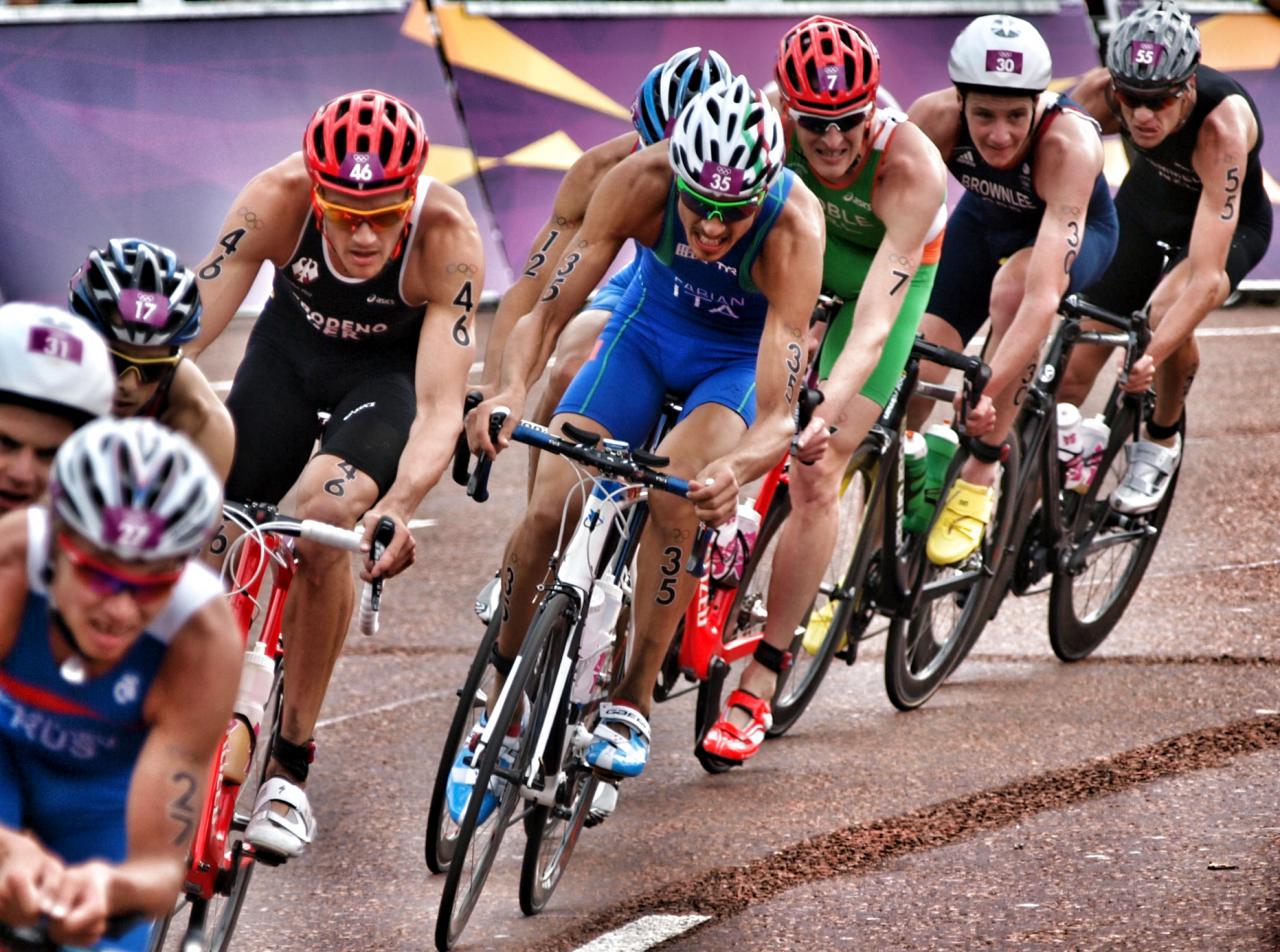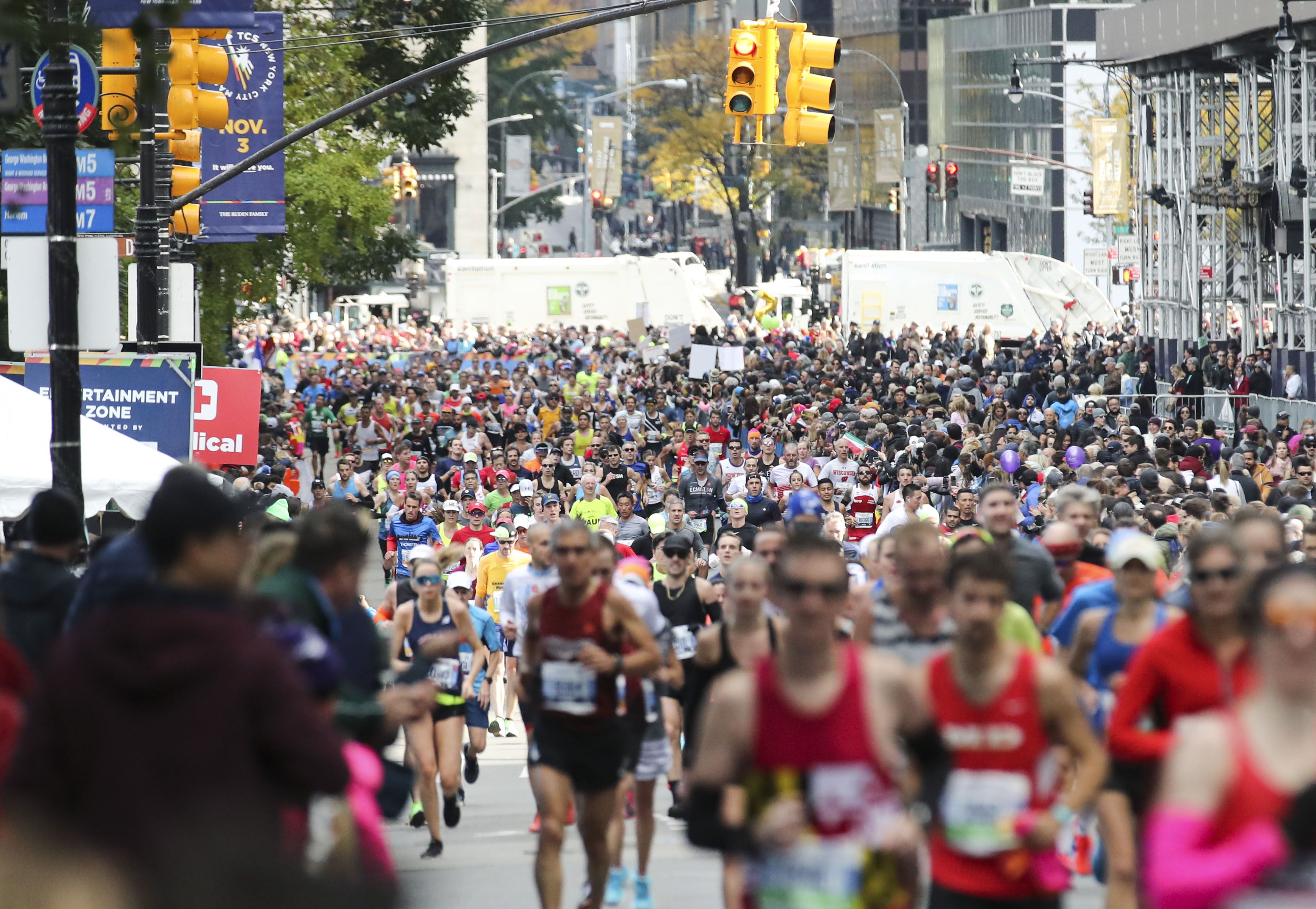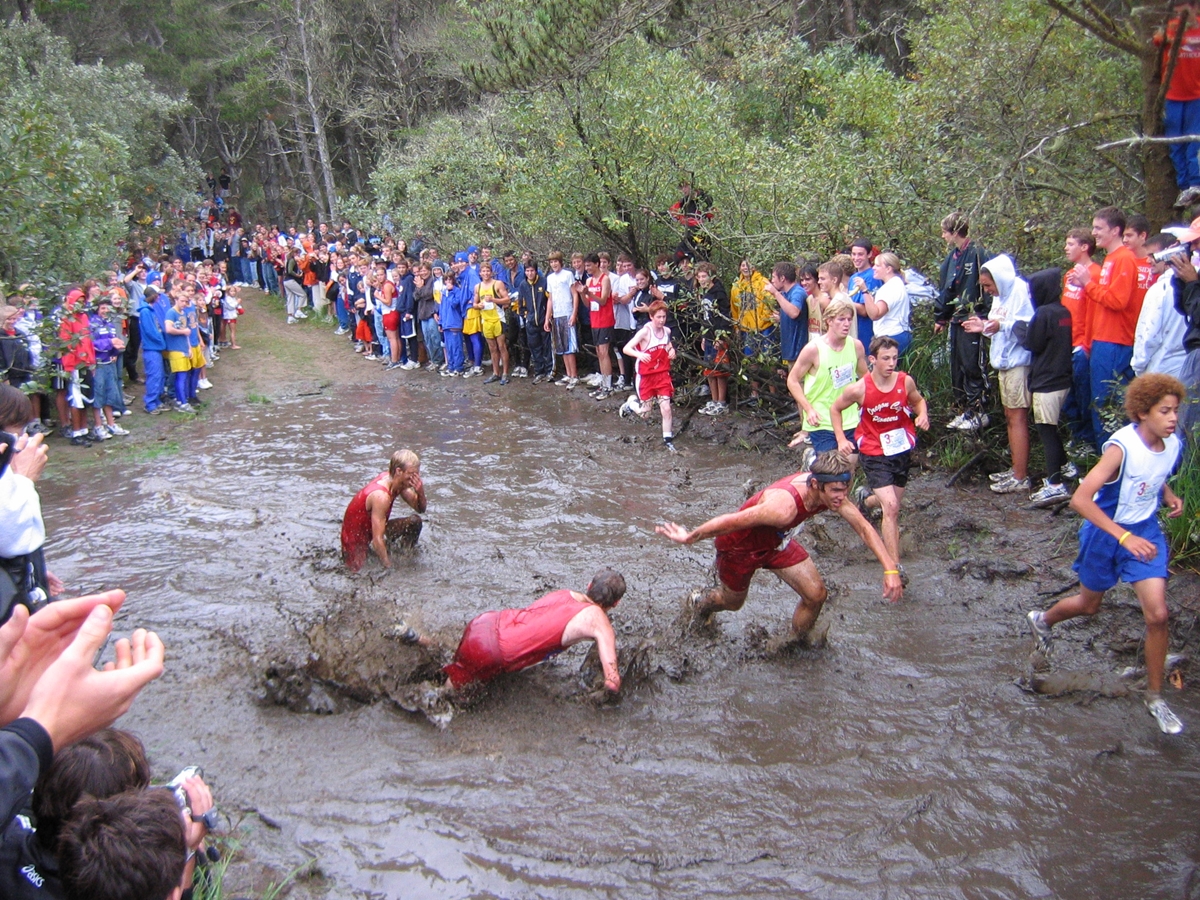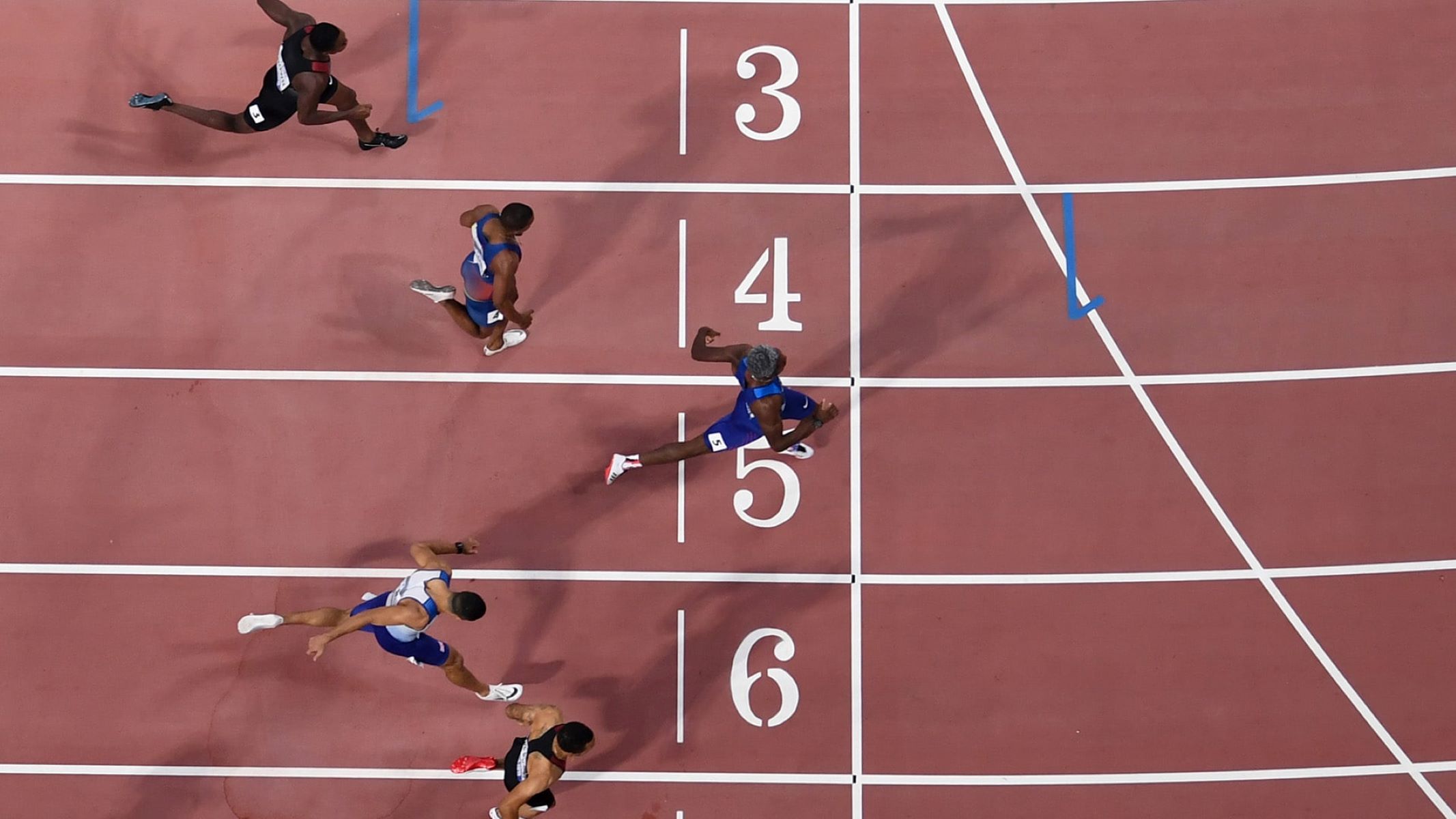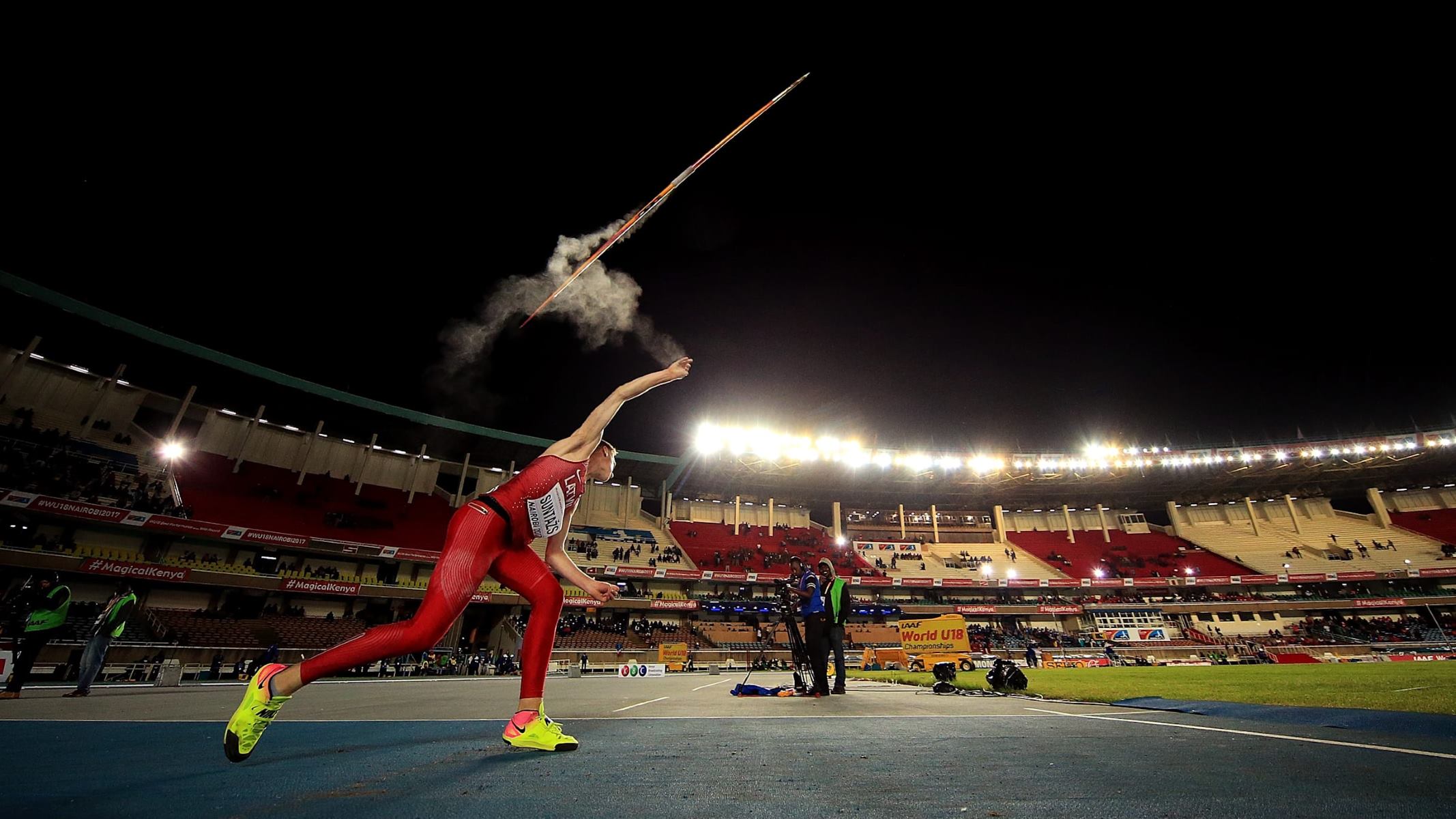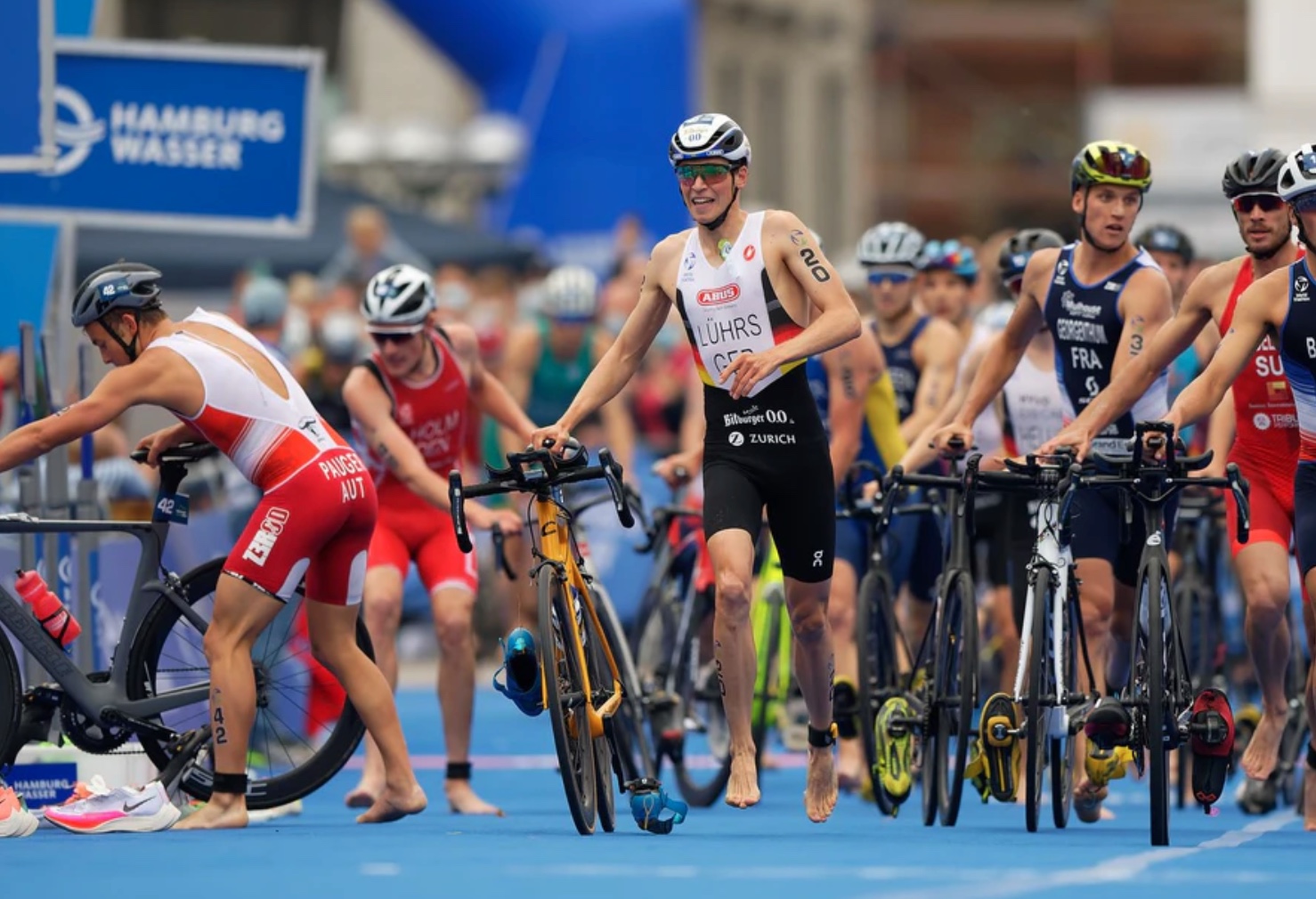Home>Misc>Featured>Why Is Distance Running An Unpopular Olympic Sport
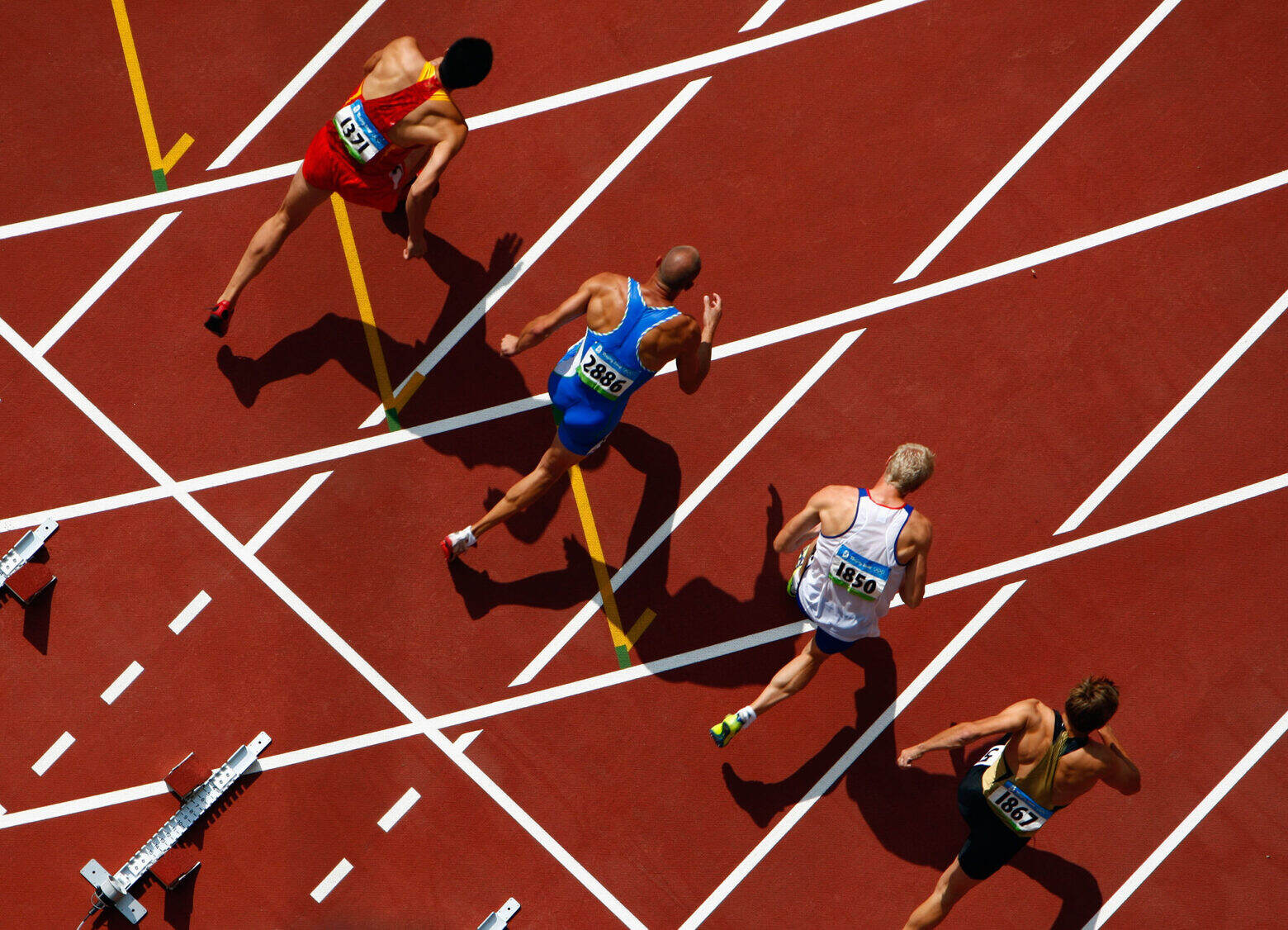

Featured
Why Is Distance Running An Unpopular Olympic Sport
Modified: January 2, 2024
Discover why distance running is considered an unpopular Olympic sport. Explore the reasons behind its lack of popularity and understand why it deserves to be featured on the grand stage.
Introduction
Distance running, an integral part of the Olympic Games, has always been an event that tests the limits of an athlete’s endurance and determination. From the marathon to the 10,000-meter race, these long-distance events push athletes to their physical and mental boundaries. However, despite its historical significance and challenging nature, distance running remains one of the less popular Olympic sports.
While some sports like gymnastics and swimming attract millions of viewers and substantial media coverage, distance running struggles to capture the attention and interest of the general public. In this article, we will explore the reasons behind the lack of popularity surrounding distance running in the Olympics.
It is important to note that the intention is not to undermine the incredible achievements and dedication of distance runners but rather to shed light on the factors that contribute to the sport’s lack of widespread appeal.
Join us as we delve into the various aspects of distance running in the Olympics and examine the challenges that make it less popular compared to other sports.
Lack of Media Coverage
One of the primary reasons for the lack of popularity of distance running in the Olympics is the limited media coverage it receives. Unlike high-profile events such as swimming or basketball, distance running struggles to capture the attention of mainstream media outlets.
Television networks and news agencies often prioritize sports that have a higher viewership and commercial value. As a result, distance running, which is considered a long and relatively slow-paced sport, fails to generate the same level of excitement and spectacle as other Olympic events. The lack of media coverage means that casual sports fans may be unaware of the achievements and stories of these remarkable athletes.
Additionally, the structure of distance running events makes it challenging for broadcasters to provide continuous coverage. Marathons, for example, take place over several hours with runners spread out across long distances. This makes it difficult for television networks to provide live coverage and maintain the interest of viewers who are used to fast-paced and action-packed sports.
Furthermore, the lack of media coverage creates a vicious cycle. When distance running events receive limited airtime, it reinforces the perception that they are not significant or exciting enough to warrant attention. As a result, fewer people tune in to watch, and the cycle continues.
Although advancements in technology and the rise of streaming platforms have provided more opportunities for niche sports to gain exposure, the challenge of capturing viewer interest for long-distance races remains significant. The limited media coverage continues to be a barrier to the popularity of distance running in the Olympics.
Limited Spectator Appeal
Another factor contributing to the lack of popularity of distance running in the Olympics is its limited spectator appeal. Unlike sports that happen in confined arenas or have a more visually captivating nature, distance running takes place over long stretches of roads or tracks, often with limited spectator areas.
Spectators attending distance running events face challenges in witnessing the entire race. Unlike sports like basketball or soccer, where the action is centralized in one location, distance running events cover significant distances. This makes it difficult for spectators to have a continuous and engaging viewing experience. They may only catch glimpses of athletes passing by and may have to move around to different locations to see different parts of the race.
In addition, distance running lacks the intensity and immediate excitement that comes from head-to-head competition or team-based sports. The athletes compete against the clock and strive for personal goals rather than directly battling against each other. This can make it harder for spectators to engage emotionally with the sport and form a connection with the athletes.
Moreover, the physical demands of distance running contribute to the limited spectator appeal. Long-distance races can last for hours, requiring spectators to commit a significant amount of time and energy to watch the entire event. This can be a deterrent for casual sports fans who may prefer shorter, more action-packed events that provide instant gratification.
Despite these challenges, there are efforts to enhance the spectator experience for distance running events. Organizers and host cities are working on creating more accessible and engaging viewing areas along the course. In some cases, large screens and live commentary are provided to help spectators follow the progress of the race and better understand the strategies and accomplishments of the athletes.
However, the limited spectator appeal remains a significant hurdle for distance running in gaining popularity during the Olympic Games.
Difficult Accessibility for Athletes and Fans
Another factor that contributes to the lack of popularity of distance running in the Olympics is the difficult accessibility for both athletes and fans. Distance running events require specific infrastructure and logistical arrangements that can be challenging to implement for host cities and organizers.
From a logistical standpoint, distance running events require extensive road closures and security measures to ensure the safety of both athletes and spectators. This can result in significant disruptions to daily life in the host city, leading to inconvenience and resistance from local residents.
For athletes, participating in distance running events often involves rigorous training and qualifying procedures. The selection process for Olympic distance running teams can be highly competitive, limiting the number of athletes who get the opportunity to compete. Additionally, the intense physical and mental demands of long-distance races mean that only a select few athletes possess the ability and endurance to excel in these events.
Moreover, the geographical location of the Olympic Games can make it difficult for fans to attend distance running events. Unlike sports held in indoor arenas or stadiums, which are usually concentrated in major cities, distance running events take place in various locations, including rural or remote areas. This can make it challenging for fans to access the venues, especially if they are not familiar with the surroundings or if transportation options are limited.
Furthermore, the cost involved in traveling and attending the Olympic Games can be a deterrent for many fans. Distance running events often require fans to spend extended periods in the host city, which can be expensive in terms of travel, accommodation, and other associated expenses. This can discourage casual sports fans from attending the games and experiencing the thrill of distance running in person.
Despite these challenges, efforts are made to increase accessibility and make distance running events more inclusive. Initiatives such as organizing community runs, providing shuttle buses for spectators, and offering affordable ticket options aim to encourage more fans to participate and support the sport.
However, the difficult accessibility for both athletes and fans remains a significant hurdle for distance running to gain popularity and attract a wider audience during the Olympic Games.
Perception of Boredom
One significant challenge that distance running faces in gaining popularity during the Olympic Games is the perception of boredom associated with the sport. Compared to more dynamic and visually engaging sports, distance running can be seen as monotonous and lacking in excitement.
The lengthy nature of distance running events, particularly marathons, can give the impression that there is little action or variation throughout the race. Spectators who are used to fast-paced sports with constant movement and scoring may find it difficult to maintain their interest for the entire duration of a long-distance race.
In addition, distance running lacks the head-to-head competition and direct physical confrontation that captivate audiences in sports like boxing or soccer. The athletes in distance running events primarily compete against themselves and the clock, focusing on setting personal records and surpassing their own limits. While this aspect highlights the individual achievements of the athletes, it can be challenging to create a sense of rivalry and drama that attracts viewers.
Furthermore, the absence of a team element in distance running can also contribute to the perception of boredom. Sports like basketball or soccer, where teammates collaborate and strategize together, tend to generate more excitement as fans can rally behind their favorite teams and cheer for collective success. In distance running, the focus is primarily on the individual athlete, which may not resonate as strongly with some viewers.
However, it is essential to recognize that distance running has its own unique appeal and beauty. The athletes’ ability to endure grueling physical challenges over long distances showcases unmatched discipline, mental strength, and perseverance. The strategic decisions made during the race, such as pacing and timing, add complexity to the sport that may be appreciated by dedicated fans and those who understand the nuances of distance running.
Efforts are being made to overcome the perception of boredom and showcase the excitement within distance running events. Television broadcasts and live streaming services strive to provide engaging commentary, expert analysis, and behind-the-scenes stories to enhance the viewing experience. Additionally, incorporating technology such as race tracking systems and camera angles that capture the intensity and emotions of the athletes can help create a more captivating presentation for viewers.
Overall, while the perception of boredom surrounding distance running may exist, it is crucial to look beyond the surface and appreciate the physical and mental challenges that athletes face, as well as the beauty of their accomplishments.
Physical and Mental Challenges
One of the reasons why distance running fails to gain the same level of popularity as other Olympic sports is the immense physical and mental challenges it presents to athletes. Long-distance races, such as the marathon, push athletes to their limits, demanding exceptional endurance, strength, and resilience.
Physically, distance running is grueling and demanding, requiring athletes to maintain a high level of performance over extended periods. The constant pounding of the pavement, combined with the repetitive motion of running, places immense strain on the body, particularly the muscles and joints. The risk of injuries, such as stress fractures or muscle strains, is higher in distance running due to the repetitive nature of the sport.
Furthermore, the physical toll of distance running often necessitates rigorous training regimens and strict nutrition plans to optimize performance and recovery. Athletes must commit countless hours to training, enduring intense workouts, and long runs to build the necessary stamina and endurance required for these events.
Mentally, distance running presents unique challenges as well. The ability to maintain focus and motivation for hours on end can be mentally draining. Athletes must battle fatigue, doubt, and the temptation to give up, all while pushing their bodies to perform at their best.
The mental stamina required for distance running is often overlooked. The ability to stay mentally strong, maintain a steady pace, and push through the physical pain is critical to success. Overcoming the mental hurdles and self-doubt during a race can be just as challenging as the physical aspect of the sport.
Athletes in distance running must develop resilience, perseverance, and mental toughness to achieve their goals. It is this mental fortitude that sets distance running apart, providing a unique and awe-inspiring aspect of the sport.
While the physical and mental challenges are inherent to distance running, they can also contribute to its lack of mainstream popularity. The average viewer may find it difficult to relate to the pain and struggle of long-distance races, making it less captivating compared to sports with more immediate action and visible outcomes.
Nonetheless, the physical and mental challenges of distance running should not be overlooked. The sacrifices and determination displayed by distance runners deserve recognition and appreciation, even if their sport may not draw as large of an audience as others.
Cultural Differences and Preferences
Cultural differences and preferences play a significant role in the popularity, or lack thereof, of distance running in the Olympics. Different countries and regions have varying sporting traditions, preferences, and cultural values that may influence the level of interest in long-distance running events.
In some cultures, team-based sports such as soccer, basketball, or cricket hold greater significance and capture the attention of a larger portion of the population. These sports often have deep-rooted histories and associations with national pride or identity, which can overshadow the popularity of individual sports like distance running.
Additionally, cultural attitudes towards physical activity and athletic endeavors may differ. Some cultures place a higher emphasis on team sports or highly skill-based activities, while others may prioritize individual achievements and endurance sports like long-distance running. This can impact the support and fanbase for distance running events in different regions.
Furthermore, cultural factors such as climate, geography, and lifestyle can influence sporting choices and preferences. Regions with harsh climates or challenging terrains may be more inclined towards sports that are adapted to those conditions, such as winter sports in snowy regions or water sports in coastal areas. Distance running may be less popular in such regions due to practical considerations.
Social and economic factors can also shape cultural preferences and impact the popularity of distance running. In countries or communities where there is limited access to proper training facilities, coaching, and resources for long-distance running, the sport may not receive as much attention or investment. This can affect the development of talented distance runners and, consequently, their competitiveness in international events.
Despite these cultural differences, it is important to remember that the Olympic Games provide a platform for showcasing a diverse range of sports and celebrating athletes from around the world. In recent years, efforts have been made to promote inclusivity and diversity, allowing the global audience to appreciate and embrace various athletic disciplines, including distance running.
As societies become more interconnected and globalized, there is an opportunity for distance running to appeal to a broader audience. By highlighting the stories and achievements of athletes from different cultural backgrounds, distance running can bridge cultural gaps and foster a deeper appreciation for the sport’s universal qualities such as determination, dedication, and human endurance.
Conclusion
Distance running, despite its historical significance and incredible physical and mental challenges, remains one of the less popular Olympic sports. The lack of media coverage, limited spectator appeal, difficult accessibility for athletes and fans, perception of boredom, physical and mental challenges, and cultural differences and preferences all contribute to this reality.
However, it is important to acknowledge the unique beauty and appeal of distance running. The discipline, endurance, and determination displayed by athletes in long-distance races deserve recognition and respect. The physical and mental challenges they overcome are awe-inspiring, and the sport provides a platform for personal achievements that can inspire individuals from all walks of life.
Efforts are being made to increase the visibility and appeal of distance running, such as improved media coverage, enhanced spectator experiences, and cultural inclusivity. By highlighting the remarkable stories of distance runners and showcasing the excitement and intensity of the sport, it is possible to generate more interest and engagement from the general public during the Olympic Games.
Ultimately, while distance running may not attract the same level of mainstream popularity as other sports, its significance and value within the Olympic Games should not be underestimated. The accomplishments of distance runners, the challenges they overcome, and the lessons they teach us about perseverance and human potential deserve admiration and appreciation.
As spectators and fans, we can play a role in supporting the sport by showing our enthusiasm and interest, whether it is through attending live events, following races on television or digital platforms, or simply sharing the achievements of distance runners with others.
Distance running in the Olympics is a testament to the indomitable spirit of the athletes who push their bodies and minds to the limits. It is a celebration of human endurance and the triumph of the human spirit, deserving of admiration and recognition, even if it may not achieve the same level of popularity as other sports in the Olympic Games.
